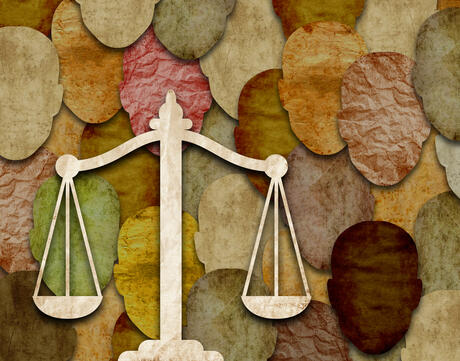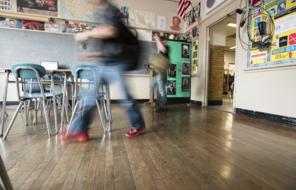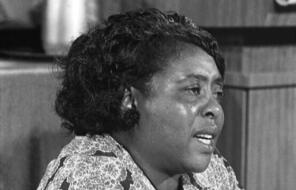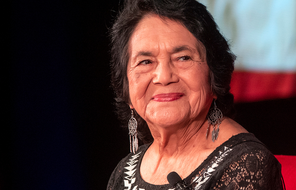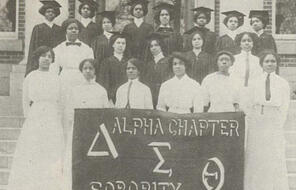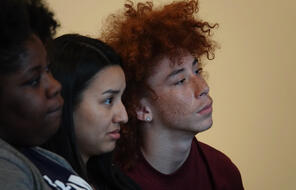Most would agree that one of the hallmarks of a successful civil society is an expectation that people will follow the law. But what about the presence of unjust laws—those that are morally reprehensible, discriminatory, dehumanizing, and privileges one group over others? They present an interesting dilemma, especially since one aim of civic education is to teach students to be good law-abiding citizens.
History has taught us that doing nothing can have grave consequences. We must never forget that everything the Nazis did from 1933 on was legal and state-sanctioned. The enslavement, lynching, and segregation of Africans in America were at one point all legal acts. We have seen the danger of doing nothing.
In the popular Letter From a Birmingham Jail, Dr. Martin Luther King, Jr. wrote, “An individual who breaks a law that conscience tells him is unjust, and who willingly accepts the penalty of imprisonment in order to arouse the conscience of the community over its injustice, is in reality expressing the highest respect for law.” It was on this premise that Dr. King felt justified in asking schoolchildren to defy Jim Crow Laws by choosing to participate in civil disobedience.
So what about today? How might we instruct students to act in the face of unjust laws that they may see in their lifetime? What role does education play, and how do educators responsibly guide students to stand up to injustice?
Here are a few guidelines to help you navigate these difficult questions:
- Help young people think critically and wisely instead of telling them what risks to take.
- Help them develop the conscience to care, rather than telling them what to care about.
- Point out the danger of inaction and indifference instead of telling them what or how to protest.
- Show your students examples of upstanders—those who stood up to injustice on behalf of others.
Facing History’s core themes ask students to examine moments in history when the rule of law was used as a tool to subjugate, discriminate, and even to sanction murderous acts.
The Chinese Exclusion Laws, Jim Crow, Apartheid, and the Nuremberg Laws are just a handful of examples of when following the law meant engaging in immoral and violent acts that targeted groups of vulnerable people for discrimination and even elimination.
No matter what historical era you are exploring with your students, have them consider these questions:
- What choices were available? What were the consequences of these choices?
- What were the individual costs of disobeying these unjust laws?
- Who benefitted from unjust laws and at whose expense?
- For whom should one take a stand?
- What does disobedience look like in these moments?
These questions will help students explore the complexity of taking action, not just in these historical moments but today as well. Students realize the courage it takes to take a stand and the danger of blind obedience of laws. In turn, students also practice empathy and are awakened to their own agency.
Help students explore civil disobedience and what it looks like to challenge unjust laws through a mini-lesson on Susan B. Anthony’s choice to vote illegally in the 1872 presidential election.

